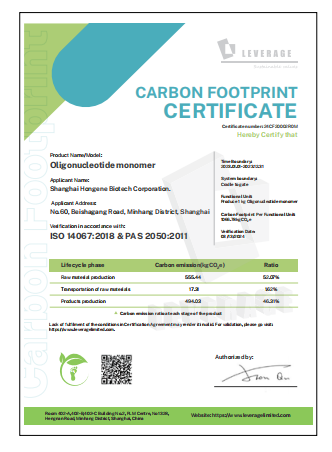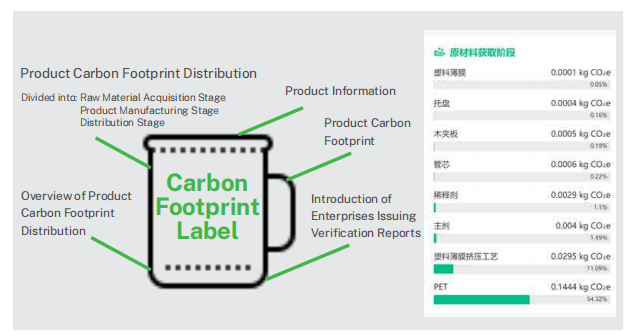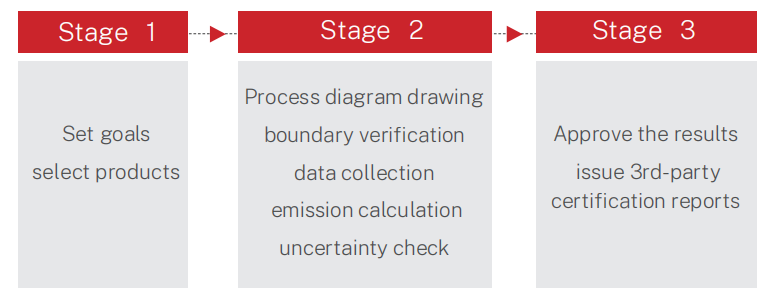

Product Carbon Footprint Verification

Product carbon footprint refers to the total amount of direct and indirect greenhouse gases released by a product (or service) throughout its entire lifecycle.
The six types of greenhouse gases required to be reduced under the Kyoto Protocol for product carbon footprint accounting are carbon dioxide (CO2), methane (CH4), nitrous oxide (N20), hydrofluorocarbons (HFCs), perfluorocarbons (PFCs), and sulfur hexafluoride (SF6).
The lifecycle process of a product is often referred to as from cradle to grave, which includes the extraction and processing of raw materials, product production, packaging, marketing, use, reuse, and maintenance, as well as recycling and final waste disposal. However, for many intermediate products, the product lifecycle is often defined as the process from cradle to gate, which involves extracting raw materials, completing the processing itself, and delivering the product to downstream customers.
Leverage will verify the energy consumption, material consumption, and emissions of products at various stages of their lifecycle based on standards such as ISO14067 and PAS2050. By accounting for the carbon footprint of products, the carbon emissions of products at every stage of their lifecycle can be confirmed, in order to develop corresponding emission reduction plans and targets for enterprises and provide a basis for internal and supply chain management.
Certificate Style

Carbon labels can visualize product carbon footprint accounting reports on a data platform and access them through QR codes to meet the marketing needs of enterprises.

scope of application
ISO 14067 Greenhouse gases - Product carbon footprint - Quantification requirements and guidelines, applicable to the assessment of greenhouse gas emissions throughout the lifecycle of all goods and services activities. Organizations engaged in such activities can conduct carbon footprint assessments based on this standard.

Advantages of completing product carbon footprint accounting
Used for product marketing promotion and enhancing product added value
Meet the purchasing needs of consumers/customers for low-carbon products and guide the low-carbon product market
Helps companies apply for national green manufacturing projects
Overcoming international green trade barriers and preparing products for entering the international market
Provide a basis for green design of products, and offer reference for reducing raw material usage and increasing the selection of low-carbon suppliers
The promotion of China's carbon labeling system, with carbon footprint verification as the basis for future applications for carbon labels


